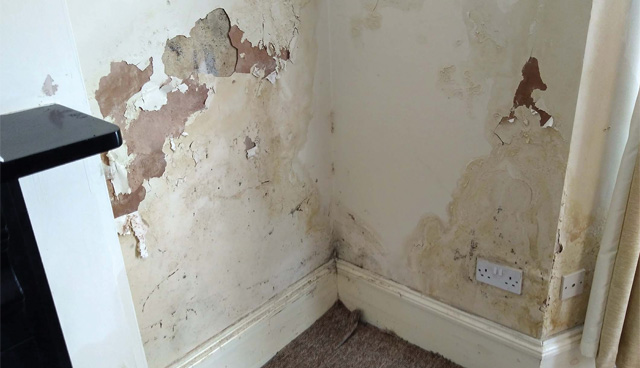
Fold Housing: Enabling its residents to age in place
22nd July 2020
European Commission identifies housing solutions in tackling economic imbalance
22nd July 2020Local authority housing maintenance under question

The Irish Human Rights and Equality Commission (IHREC) has said that local authority tenants have had to endure mould, damp, defective heating, sewerage problems and rodent infestations in Irish social housing.
The IHREC has also accused the State of a failure to ensure that housing is accessed in a timely manner and a separate failure to take action to address the decrepit conditions within some of the social housing stock. These comments were made in the human rights watchdog’s submission to the Council of Europe on Ireland’s 17th National Report on the Implementation of the European Social Charter.
The submission says that “research has shown that a number of the local housing estates have become some of the most deprived urban areas in Ireland”, with the Department of Employment Affairs and Social Protection’s Social Inclusion Monitor for 2017 noting that the consistent poverty rate for local authority housing tenants that year was 16.6 per cent. A 2018 study conducted by the IHREC and the Economic and Social Research Institute (ESRI) found that 38 per cent of those living in local authority housing experience housing deprivation, which is defined as the house featuring one or more of: leaking roof; damp walls, floor or foundation; rot in window frames or floors; dark rooms; no central heating; or no double glazing. The study also found that 28 per cent of local authority homes are overcrowded.
These levels of deprivation and overcrowding “can particularly affect vulnerable groups such as lone parents, Travellers, and people with disabilities who are over-represented in social housing”. While stating that it recognises the State’s commitment to delivering higher quality social housing under Rebuilding Ireland, the IHREC questions the “implementations of these commitments in practice”, stating that “the State has not taken timely and effective action to address the inadequate conditions” within Irish local authority housing.
With regard to the conditions, the IHREC cites the comments of Community Action Network and the Centre for Housing Law, Rights and Policy Research at NUI Galway that accompanied the 16th National Report. Their survey of 13 local authority housing areas “reveal the persistent problems of mould, damp, lack of heating, sewage issues, rodent infestations and overcrowded conditions that residents of these housing estates experience”. Residents of the Balgaddy estate in Dublin, one of the 13 areas surveyed, are said to still be experiencing these conditions.
The level of response to maintenance requests and the quality of repairs carried out within these homes has also come in for criticism. Michelle Norris and Aideen Hayden found in their report, ‘The Future of Council Housing’, that “the maintenance staff employed by local authorities devote nearly all their time to response maintenance, responding to tenants’ repair request, which means that the spend on planned maintenance (repairs and upgrading) is inadequate”.
Within their report, Norris and Hayden also state that an interviewee from the Housing Agency noted that the standards of some social housing stock would breach minimum standard legislation for rented dwellings. International best practice suggests that 65 per cent of social housing budgets be devoted to planned maintenance, but the current underinvestment has left Irish social housing stock in the state in which it now sits.





